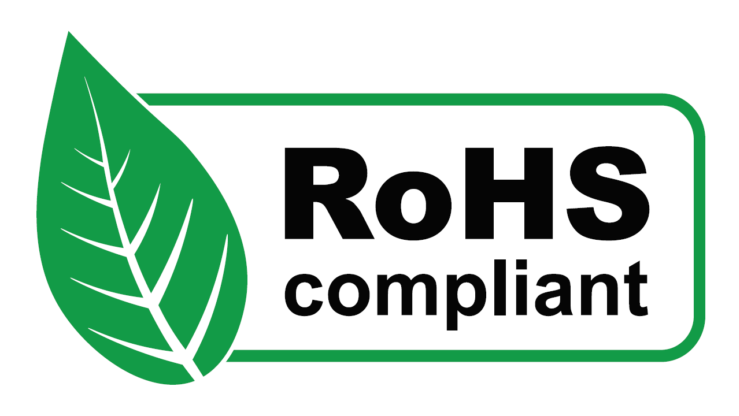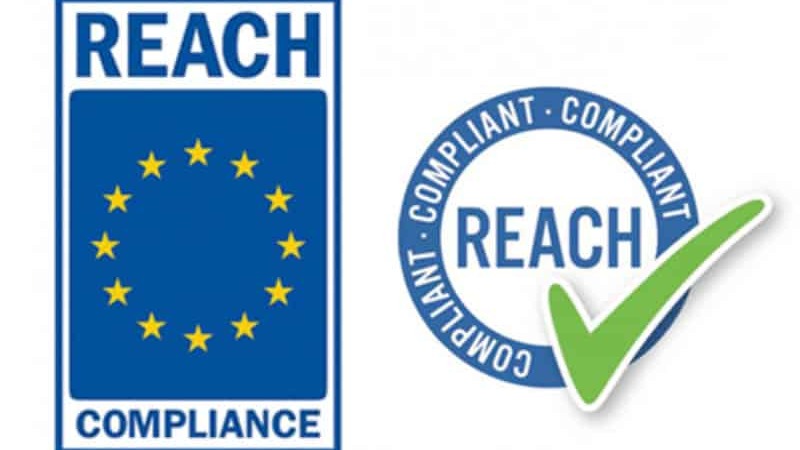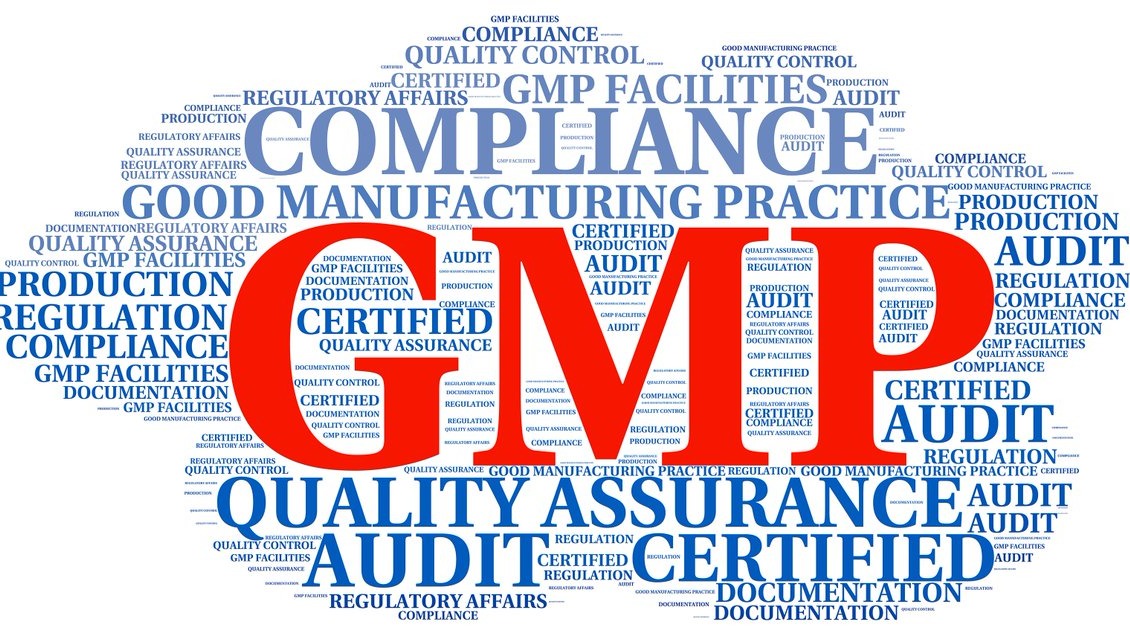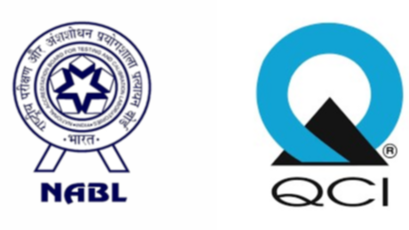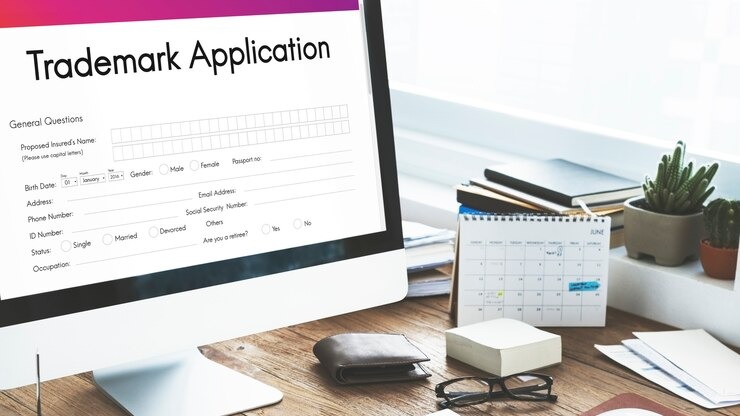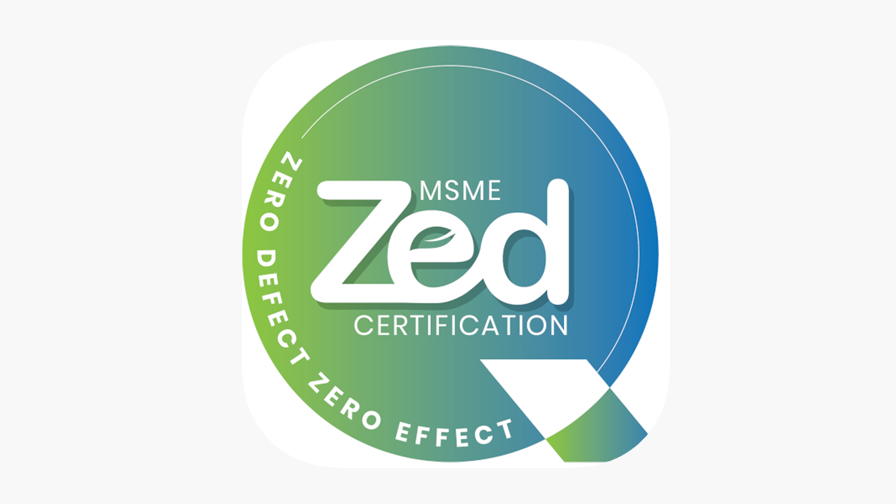Hon'ble Prime Minister of India Shri. Narendra Modi urged the industry, especially the Micro, Small and Medium Enterprises (MSMEs) of India, to manufacture goods in the country with "Zero Defects" and to ensure that the goods have "Zero Effect" on the environment.
Certification Levels and Cost of Certification Zero Defect and Zero Effect (ZED) is a simple, transparent and affordable certification based on well-defined parameters of Quality, Safety, Production, Cleanliness, Energy, Environment and more. ZED certificate is valid for a period of 3 years from the date of certificate issued.
All manufacturing MSMEs registered with the UDYAM registration portal will be eligible to participate in MSME Sustainable (ZED) certification and avail related benefits.
ZED certification scheme is implemented by Quality Council of India (QCI). The ZED division is involved in flagship programs of Ministry of Micro, Small & Medium Enterprises, Ministry of Tourism, Ministry of Defence, Ministry of Housing & Urban Affairs and others.
Few objectives of ZED certification are:
Encourage MSMEs for manufacturing of quality products by using latest tools & technology, tools with sustained upgraded processes for achievement of high quality and high productivity.
Develop an Ecosystem for ZED Manufacturing in MSMEs, for enhancing competitiveness and enabling exports.
Promote adoption of ZED practices and recognizing the efforts of successful MSMEs.
Encourage MSMEs to achieve higher ZED Certification levels through graded incentives.
Increase public awareness on demanding Zero Defect and Zero Effect products through the MSME Sustainable (ZED) Certification.
Identify areas to improve upon, thereby assisting the Government in policy decisions and investment prioritization.
MSMEs can apply for certification at any of the following three levels:
✔ Certification Level 1: BRONZE (5 Parameters)
✔ Certification Level 2: SILVER (14 Parameters)
✔ Certification Level 3: GOLD (20 Parameters)
The ZED certification also recognizes the efforts of the MSMEs that have already attained specific certifications and allows a provision of exemption(s) from assessment on relevant parameter(s) for the MSMEs with existing Certifications as specified in the scheme, like ISO 9001, ISO 14001, ISO 45001 etc.
The MSME Sustainable (ZED) Certification Model presented in this document will be applicable on all sectors of the manufacturing MSMEs.


